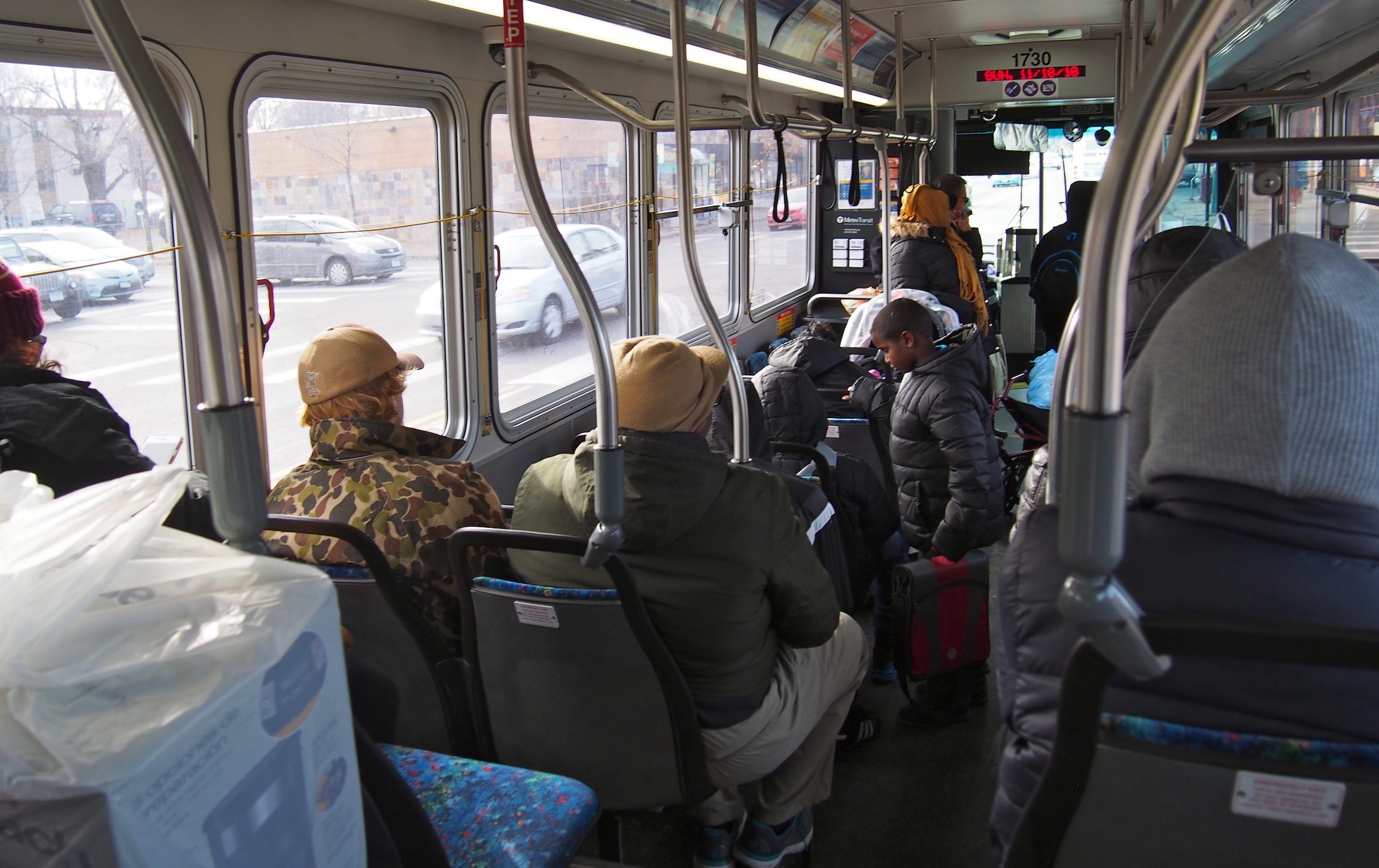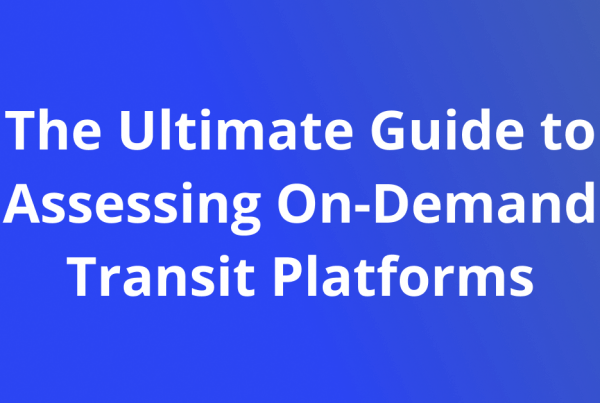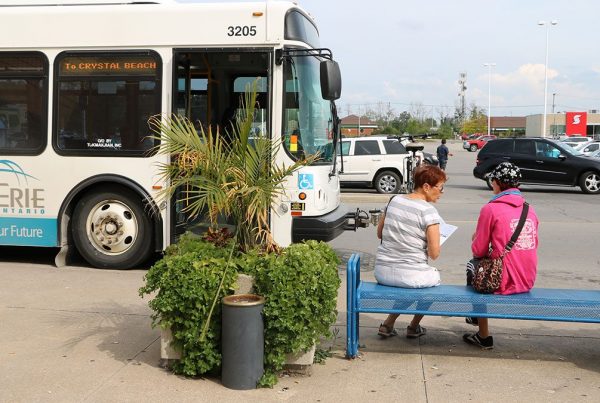EverRun and the New Bus Rider
By: JP Bender
When I talk to friends and family about what we’re doing with on-demand transit at Pantonium, I can’t help but smile at the reaction I see time after time; initial bewilderment, followed by a wide-eyed moment of understanding, and a big grin as they realize the possibilities.
What is new with the rider experience provided by EverRun, Pantonium’s on-demand transit platform? It is the same bus, same fare, same bus stops but now you can order public transit to pick you up at a specific time or to arrive by a specific time – at a time that YOU choose. Rather than letting a bus schedule determine when and where riders travel, with EverRun, riders tell the bus what to do. When riders hear this the reactions are anywhere from “that’s cool,” to “why isn’t it in my city yet?”
When I talk to transit agencies across the globe they are no different. They get it. They are in the front lines of these new possibilities and understand the challenges currently faced by their operations. A common theme that I have seen is that the main driver for the successful operation of their transit system is not the drivers (sorry that was t0o easy), it is the riders. Riders are the driving force for the sustainability of a transit agency’s operation, the sustainability of urban development, and the sustainability of our climate.
This highlights the importance of the rider experience and the practical benefits that public transit technology solutions must provide them in order to be successful, transformational, and sustainable. This is where Pantonium stands out. It makes riders more likely to use public transit. Here are some of the key reasons people are getting excited about EverRun:
Reduced Wait Times – There is a combination of factors at play here, firstly by routing buses on-demand, the system skips stops and potentially entire streets where there is no demand. It also gives riders real-time ETA’s. EverRun minimizes your exposure to the natural elements, with pick-up times set by riders, they can wait inside until they know the bus is on its way. Few things are as fulfilling as arriving at a pick-up stop to see your bus arrive within minutes of the “waiting” start point, especially if you’re dealing with beating sun and heat, relentless rain, or shivering cold.
Predictability and Safety – Having the convenience to select the closest pick-up location from you, as well as having a confirmed ETA for the pick-up time enables a rider to stay in a location that is safer and more comfortable, and minimize the time waiting at a stop that might be located in potentially unsafe areas, alone, or during night time.
Reduced Carbon Footprint – The outcome of this greater rider control is uptake. What we have seen in deployments of EverRun is a tremendous uptake of transit from riders who traditionally did not use public transit, this has huge implications for the climate. “If just one driver per household switched to taking public transportation for a daily commute of 10 miles each way, this would save 4,627 pounds of carbon dioxide per household per year—equivalent to an 8.1% reduction in the annual carbon footprint of a typical American household”. This is according to a study conducted by the Federal Transit Administration in the US found here.
Increased Control over Your Time – What’s the value of 5 or 10 more minutes with a loved one, with a friend, doing what you love, or of just being able to stay in a comfortable, warm/cool environment relative to a bus stop? The answer to this is obviously quite subjective, but it talks to the value of being able to maximize the efficiency of mobility in order to maximize the time you save to do what matters most.
Less Stress – Financial and driving-induced anxiety or stress is reduced when you remove the cost and re-allocate the driving responsibility to your public transit partner.
More Money – Owning a car is expensive. That doesn’t need to be over-analyzed. The average cost of ownership of a car is about $800USD per month. Saving about $9500USD per year is a practical benefit that is certainly considered by riders. For those who can afford it, they are budgeting for this mobility option due to the convenience and the flexibility it provides. For those who can’t afford it, they are always in search for the transportation option that can provide the closest version of flexibility and convenience that a personal vehicle might provide.
Of course this list is clearly not exhaustive, there can be even more types of benefits from on-demand transit depending on the location and scale of the service and what the current transportation system provides. I look forward to seeing what additional benefits are realized and shared with us as we continue to see partner cities adopt our on-demand macrotransit solution, EverRun.




